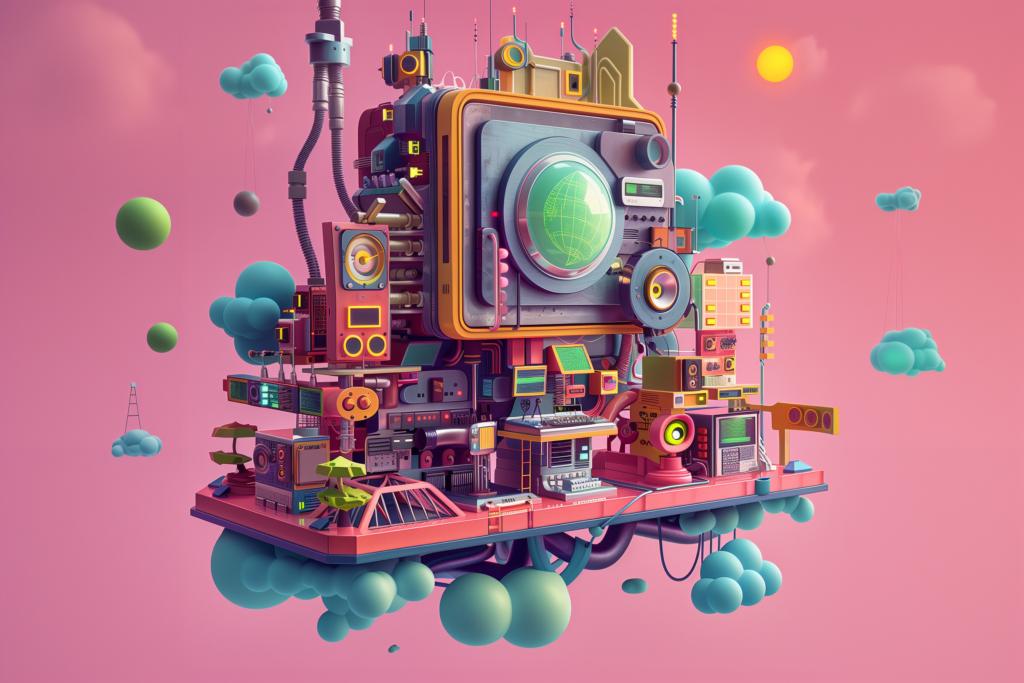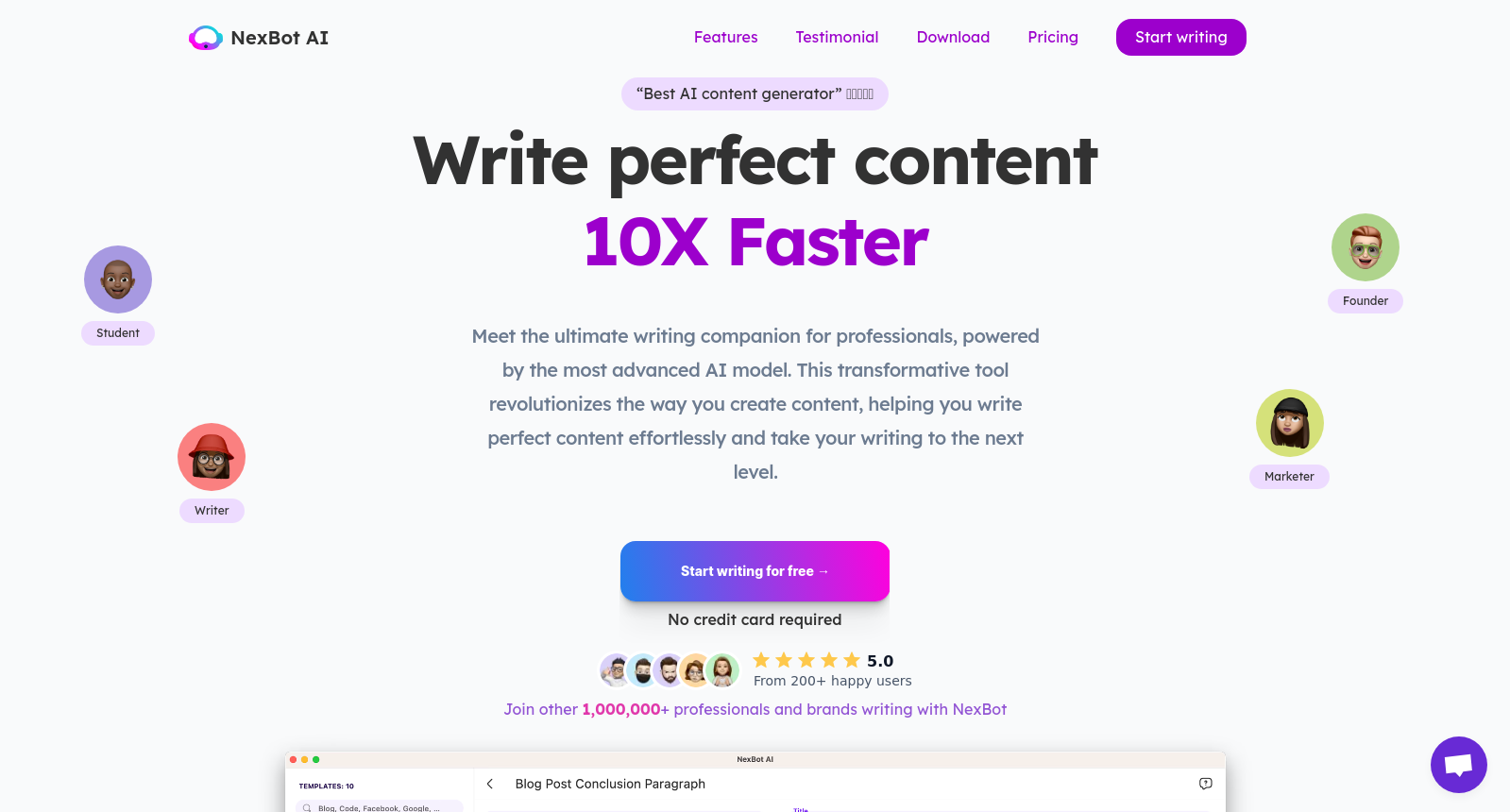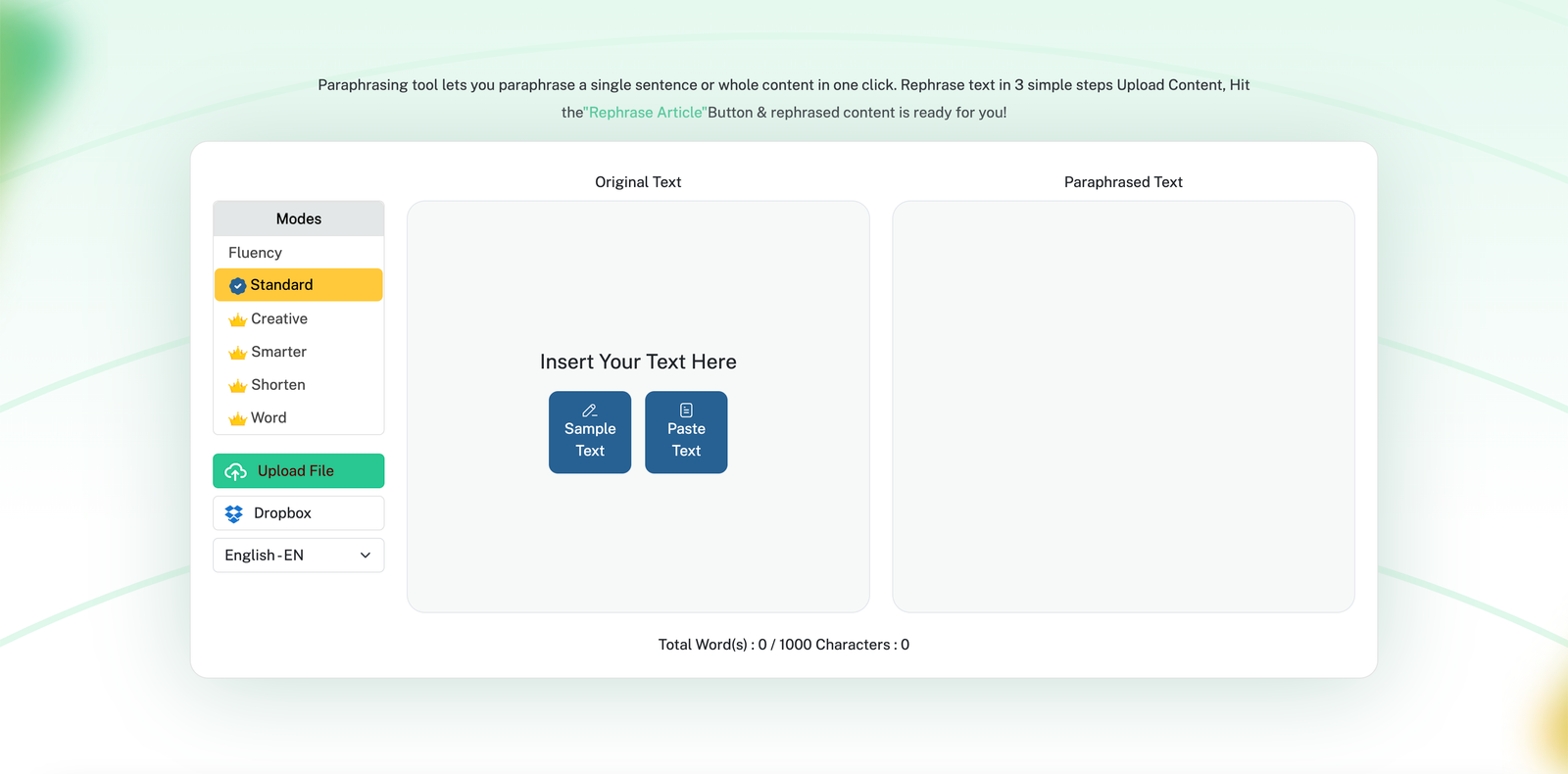In recent years, artificial intelligence (AI) has emerged as a transformative force across various fields, including the arts and creative industries. From writing and visual arts to music and video production, AI tools are enabling individuals to express themselves more freely and efficiently than ever before. This article explores how AI enhances creativity, the tools available for creators, the limitations of these technologies, and the opportunities for developers in this burgeoning field.
Recent Research on AI and Creativity
The influence of AI on creativity has sparked significant debate among scholars and practitioners alike. Recent studies indicate a nuanced perspective, suggesting that AI has the potential to enhance individual creativity while posing a risk to overall societal creativity. A study published in Science Advances found that AI assistance significantly boosts the novelty and usefulness of story ideas, with improvements of up to 26.6% in quality and 11.5% in usefulness. However, the study also raised concerns about the collective impact of AI on creativity, noting that as more creators rely on AI, the uniqueness of their outputs may diminish, leading to a homogenization of creative content.

Historical Context of Creative Tools
Throughout history, humanity has utilized various tools to enhance creative processes. From the brush and canvas of the painter to the typewriter of the novelist, each innovation has expanded the boundaries of artistic expression. Traditional tools have always served as extensions of human capability, allowing creators to manifest their visions.
AI, however, represents a paradigm shift in how we approach creativity. Unlike previous tools, which primarily aided in the execution of ideas, AI can generate content, suggest improvements, and even collaborate in real-time. This collaborative potential positions AI as a partner in creativity rather than just a tool, fundamentally altering the creative landscape.
AI-Powered Tools for Creators
As the creative landscape evolves, exploring AI-powered tools can significantly enhance your artistic process. Engaging with these tools allows creators to experiment, innovate, and push the boundaries of their work. AI can help overcome creative blocks, provide new perspectives, and streamline workflows, making the creative process more enjoyable and productive. By integrating AI into your creative toolkit, you can unlock new possibilities and elevate your artistic expression.

Here is a breakdown of a couple key creative areas where AI can come in handy with a list of tools to try already provided:
Writing
- ChatGPT: An AI writing assistant that helps generate ideas, drafts, and even complete articles, making it easier for writers to overcome blocks.
- Grammarly: Enhances writing clarity and correctness, offering suggestions for grammar, style, and tone.
- Hemingway: Improves readability and clarity by highlighting complex sentences and suggesting simpler alternatives.
- Quillbot: An AI paraphrasing tool that helps rewrite and rephrase content for better flow and originality.
And here is what people have already done with these services or alike:
- "1 the Road" by Ross Goodwin: An AI-generated novel based on real-time data from a road trip.
- "Sunspring": A short film written by an AI, showcasing the potential of AI in scriptwriting.
- "The Day a Computer Writes a Novel": A novel co-written by an AI that won a Japanese literary prize, blurring the lines between human and machine creativity.
- "The Infinite Drum Machine": A web-based project that uses AI to create music based on a vast library of sounds, allowing users to compose unique pieces.
Visual Arts
- DALL-E: Generates images from text prompts, allowing artists to visualize concepts quickly.
- Midjourney: An AI-powered image generation tool that creates stunning visuals based on user input.
- Stable Diffusion: An open-source AI model for generating high-quality images.
- Photoshop: A leading image editing software that incorporates AI features for enhanced editing capabilities.
Get inspired with:
- "Edmond de Belamy": A portrait created by AI that sold for $432,500 at auction.
- "The Next Rembrandt": An AI-generated painting that mimics the style of Rembrandt.
- "AI Generated Nude Portrait #7Frame": An AI-generated artwork that sold for $70,000, showcasing the market potential for AI art.
- "DeepDream": A project by Google that uses neural networks to create dream-like images by enhancing and modifying existing photographs.

Music
- AIVA: An AI composer that creates original music tracks for various genres and styles.
- Amper Music: Allows content creators to generate music tailored to their projects without needing musical expertise.
- BandLab: An online music creation and collaboration platform that includes AI tools for enhancing music production.
- Soundful: AI-powered music creation designed specifically for podcasters and content creators.
Don't sleep on it while the others are already acting on it:
- "I AM AI" by AIVA: An album composed entirely by AI.
- "Daddy's Car": A song created by AI in the style of The Beatles.
- "Hello World": An AI-generated album that includes various genres, showcasing the versatility of AI in music composition.
- "The Symphonies of AI": A project where AI composes symphonies that are performed by orchestras, demonstrating AI's capability in classical music.
Video Production
- Pictory: An AI tool that transforms scripts into engaging videos, streamlining the video production process.
- Synthesia: Generates videos featuring virtual avatars, making it easier to create professional-looking content.
- Runway: Offers AI-powered video editing and generation tools that enhance creativity and efficiency.
- Descript: Provides video and audio editing software with AI transcription and editing features, simplifying the editing process.
We know AI videos can be cringe, but not these once, at least not entirely:
- "Sunspring": A short film that showcases AI's capabilities in both writing and production.
- Deepfake Projects: Various films utilizing deepfake technology to create realistic video content.
- "Zone Out": A short film created using AI-generated scripts and visuals, demonstrating the integration of AI in video storytelling.
- "AI-Generated News Anchors": News segments produced using AI avatars that read scripts, showcasing AI's potential in broadcasting.

Measuring the Effectiveness of AI-Powered Tools
To fully realize the benefits of AI in creative processes, it is essential to measure the effectiveness of these tools. Metrics for evaluation can include:
- User Engagement: Analyzing time spent using the tool and interaction rates can provide insights into its effectiveness.
- Quality Assessments: Gathering feedback from peers and audiences helps gauge the quality of AI-generated content.
- Creativity Scoring: Assessing novelty and usefulness of outputs can help determine the impact of AI on creative processes.
Implementing these measurements in creative workflows can guide creators in refining their use of AI tools and enhancing their overall productivity.
Limitations of AI in Creative Activities
While AI tools offer numerous advantages, they also come with inherent limitations. AI lacks true emotional understanding and subjective experience, which are crucial for authentic artistic expression. As a result, AI-generated content may sometimes lack the depth and nuance that characterize human creativity.
Moreover, mastering AI tools is essential for creators. Just as great painters spent years perfecting their technique with a paintbrush, creators must invest time in understanding how to effectively use AI tools. This mastery allows them to integrate personal style and human intuition with AI-generated outputs, resulting in meaningful and unique art.

Opportunities for AI Tool Developers
For developers looking to create AI-powered tools for the creative sector, numerous opportunities await. Here are some niches and strategies to consider:
Untapped Niches
- Specialized Tools: Focus on developing AI tools tailored for niche creative industries such as fashion design, architecture, or game development.
- Collaboration Platforms: Create AI-powered platforms that facilitate collaboration among creators, enhancing the creative process.
- Content Marketplaces: Consider establishing marketplaces where creators can buy and sell AI-generated assets, fostering a community of innovation.
Monetization Strategies
- Freemium Models: Offer basic features for free while charging for premium features and subscriptions.
- Licensing: License AI models and algorithms to other developers and companies, generating revenue through partnerships.
- Influencer Partnerships: Collaborate with creators and influencers to promote and endorse your AI tools, expanding your reach and credibility.
What’s the motivation?
Building AI tools for creativity not only presents a lucrative business opportunity but also allows developers to revolutionise creative industries. By providing valuable AI-powered solutions, developers can empower creators worldwide, helping them unlock their full potential. The satisfaction of contributing to the advancement of creativity through technology can be a powerful motivator for innovation.

Conclusion
AI is reshaping the landscape of creativity, offering unprecedented opportunities for individuals to express themselves artistically. By understanding the benefits and limitations of AI tools, creators can harness their potential while maintaining their unique voices. As the creative community continues to explore the possibilities of AI, developers have a vital role in shaping the future of artistic expression. Together, we can leverage technology to enhance creativity and inspire a new generation of artists and creators.



